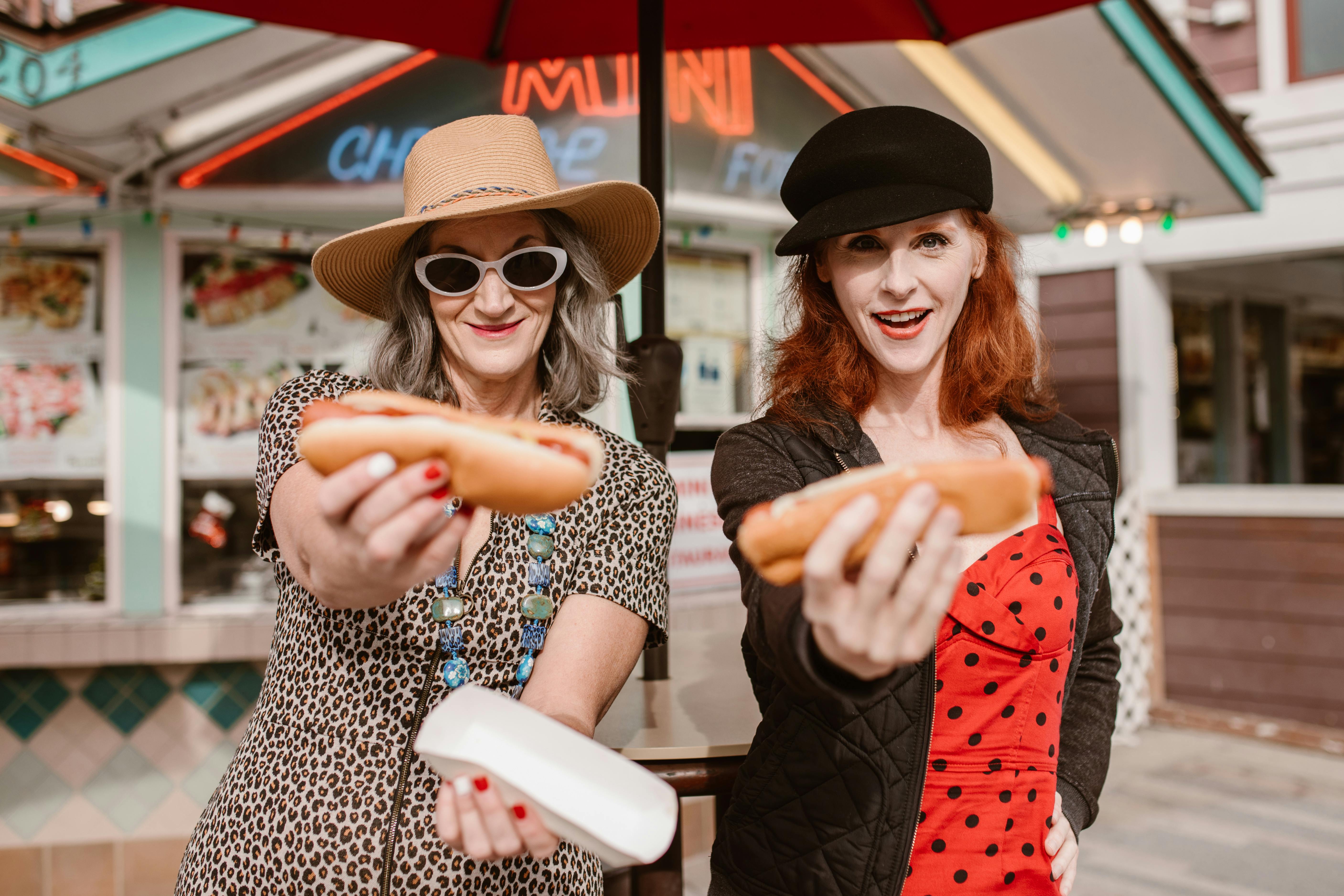“If money can’t buy happiness, why does it feel so good sometimes to buy things?” asks Kristin Bianco in her personal finance column on the Fox News Network. Well, there is an answer to Kristin’s question if you look it up in the right place. That place is consumer psychology. Professor Kit Yarrow, a professor of psychology and marketing at Golden Gate University in San Francisco, writes in Psychology Today that the good feeling Kristin gets when she buys things is “retail therapy.” She says a recent study found that more than half of Americans admit to engaging in “retail therapy.”
So when your customers are feeling down, they go shopping to feel better…
Find the joy of shopping
According to the emotional view of consumer decision making, each of us is likely to associate deep feelings or emotions, such as joy, fear, love, hope, sexuality, fantasy, and even a bit of “magic,” with certain shopping. Also, scientists have found that shopping makes some people feel good. It has been reported that when a person shops, the brain releases the chemical dopamine. Dopamine is linked to feelings of satisfaction and pleasure and is released when you are faced with new and exciting experiences. So what do your customers pay when they want to have “retail therapy”?
Recent survey results indicate that participation in retail therapy is often driven by factors such as boredom and seasonal changes. Up to 66% of adults and 75% of teens say shopping is a great boredom cure, while 45% of adults found the seasons to be the biggest motivator for shopping.
If your customers really want to feel happy, they will go shopping. WiseGeek describes a shopping spree as a “playful” attitude and “heck cares” on a single shopping trip where a lot of money is spent. A shopping spree is the action you take to start your ‘retail therapy’. But what do your customers say about the joy of shopping?
Customer perceptions of shopping pleasure
Here are some comments and feedback from customer experiences about the joy of shopping.
“I think the clothes I buy will make me happy. The storage bins, the cushions, maybe a bottle of nail polish. And while it’s true for one day, it doesn’t bring me real, lasting happiness. It gives me one a little happy: “I love this new dress! How cute and stylish I am!?” “but then the excitement wears off and I want to buy something else…” Ashley writes on her blog “Our Little Apartment”. Ashley’s comment supports the findings of the Ebates survey.
Customers sometimes feel guilty after a shopping spree. Here are some of the comments on Ashley’s blog:
Ashile says, “It’s so true that the moment we think of buying something new it will make us happy. But really, it’s just a momentary happiness.”
Marta says, “We’ve all wasted money, resources, and time on unnecessary purchases. Do you know how I’m doing now? I’m wondering, ‘Do I really need it?’ ‘Would I buy it again tomorrow?’ such a wonderful fabric in the world? Ever?” So, I usually realize I’m not going to buy anything, and I feel a little liberated.”
Customers feel positive and negative emotions at the same time before, during and after the purchase. But, what will the customer feel when they visit your store?
Creating the right environment for joyful shopping
Previous studies have shown that consumers are influenced by their buying environments, which in turn influences consumers’ emotional states and purchases. Negative emotions consumers experience prior to the purchase process are soon forgotten as consumers immerse themselves in the purchase process and begin visiting stores and perusing merchandise.
A random purchase anywhere is unlikely to have any therapeutic value for people who are feeling down. Your shopping experience should reward them. Emotional customers seeking “retail therapy” should visit your store to reward themselves. There are some obvious things a retailer must do to create lasting shopping experiences for their customers.
- Maintain a wide range and variety of products;
- Keep produce that is ‘in season’;
- Make sure there are always some items on sale;
- Try to create an atmosphere in your store that makes customers feel happy;
- Provide customers with excellent and friendly service and conduct transactions smoothly;
- Let your customers see, touch, rub, use, taste and smell the products;
- Keep your store clean and tidy at all times;
- Make sure your store is well lit and there are enough cashiers at the payment points;
- Play music that puts customers in a good mood and give them fancy shopping bags when they check out
Finally, “What do customers do when they feel bored? They surf the Internet and do some shopping online…
concluding
It seems difficult to draw a line between ‘the joy of shopping’ and ‘compulsive buying’. Compulsive shopping is described as an “addictive disorder,” while the joy of shopping keeps our stores open. The question we as retailers need to ask ourselves is what to do if we recognize some of our customers as compulsive shoppers. Do we have a moral duty to warn them about it? Or to suggest help?



